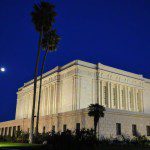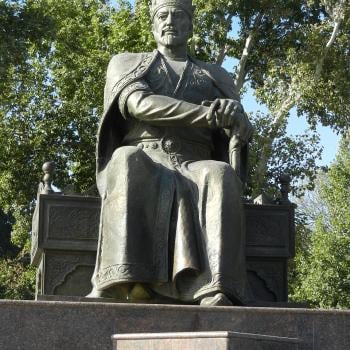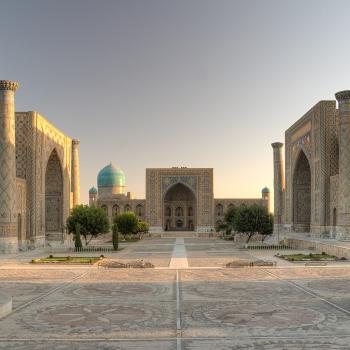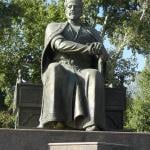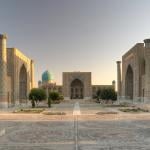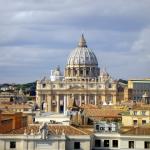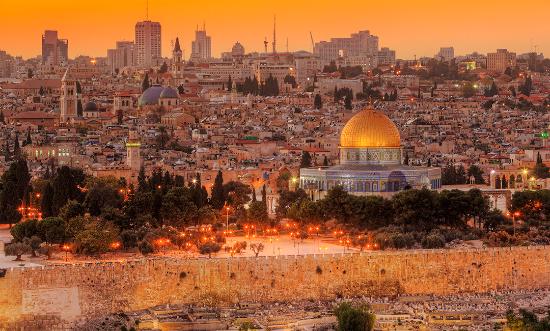
Wikimedia Commons
Continuing with one of my manuscripts, treating the period after the disastrous Second Jewish Revolt, in the second century AD, following which Jews were banned from entering Jerusalem, which was renamed Aelia Capitolina:
Some Jews were martyred, some hid in caves and deserts in order to continue to live the commandments, and some—perhaps (understandably) questioning the point of remaining faithful— apostatized. Many simply left, hoping to get away. The dispersion of the Jews, their diaspora, had now begun in earnest. Some of Hadrian’s successors relaxed official measures against Judaism. The situation wasn’t always desperate; there were even times of relative prosperity among the Jews in the Holy Land. For many reasons, however, Jewish emigration from Palestine continued. Yet conditions were often no better elsewhere. And as Christianity gained power within the Roman government, it set about to make sure that Judaism would remain the religion of a second-class people. Throughout the empire, the Jews were deprived of many of the rights of citizenship and were forbidden to proselyte or to intermarry with Christians. Christian mobs, often encouraged by their bishops, harassed and persecuted Jews and destroyed their synagogues.
Things were especially rough for Jews during the fifth and sixth centuries. The office of the Jewish patriarch, for instance, who had presided over the Sanhedrin in the north of Palestine since the fall of Jerusalem, was abolished early in the fifth century. Abolition of the office had been an important aim of Christian persecutors of the Jews for many years, since, as a descendant of David, the patriarch represented both the memory of Jewish nationhood and a hope for its restoration. Anti-Jewish laws were passed in large numbers. Christian mobs attacked Jews and burned their synagogues for the “greater glory” of God and his church, while the government forbade the Jews to rebuild the synagogues that had been destroyed. Even when local governors protested, they were powerless to stop the clergy and the mobs. (Sometimes even the emperor had to back down before the zeal of the bishops.) By the early sixth century, with the coming of the code of Justinian, the bishops actually shared in the legal authority of the civil administrators, and the law directed them to appeal to the emperor if a local governor showed insufficient enthusiasm for persecuting Jews. The Christian population of Palestine surged, while, demoralized, abused, and humiliated, the Jewish population dwindled.
***
On a very different topic . . .
May such things happen ever more commonly:
“Muslims from disputed new London mosque donate blood at synagogue for Jewish day of action”
***
An article published earlier in the week:
My reaction, basically, is that Mr. Trump’s announcement did very little good but has the potential to do considerable harm.
Posted from Park City, Utah



